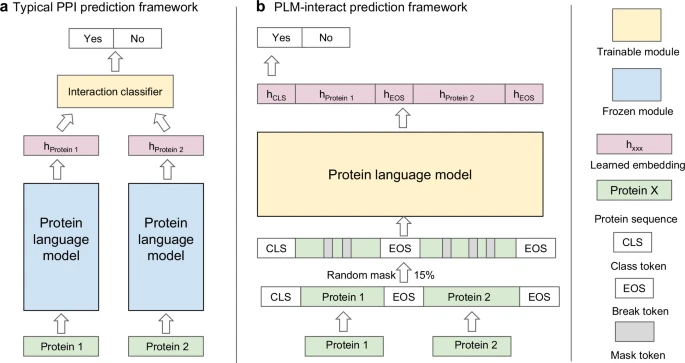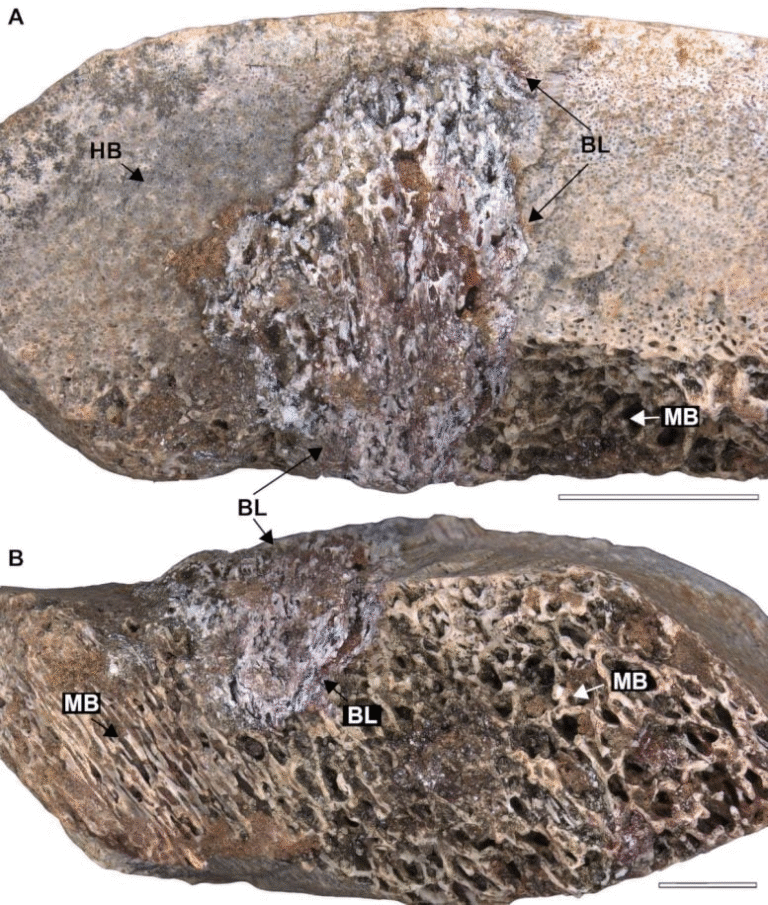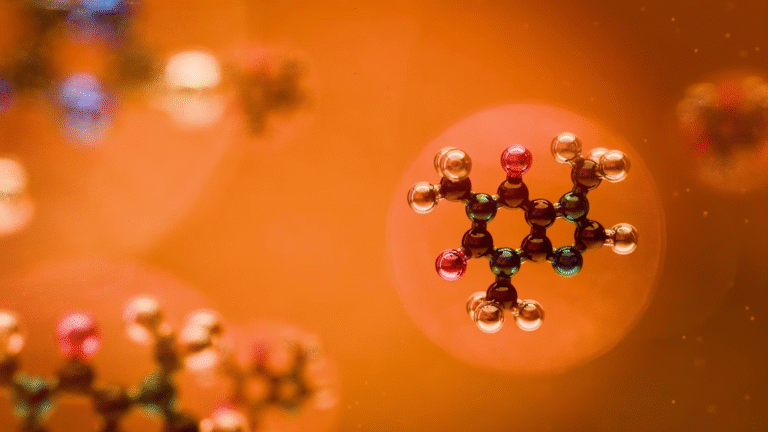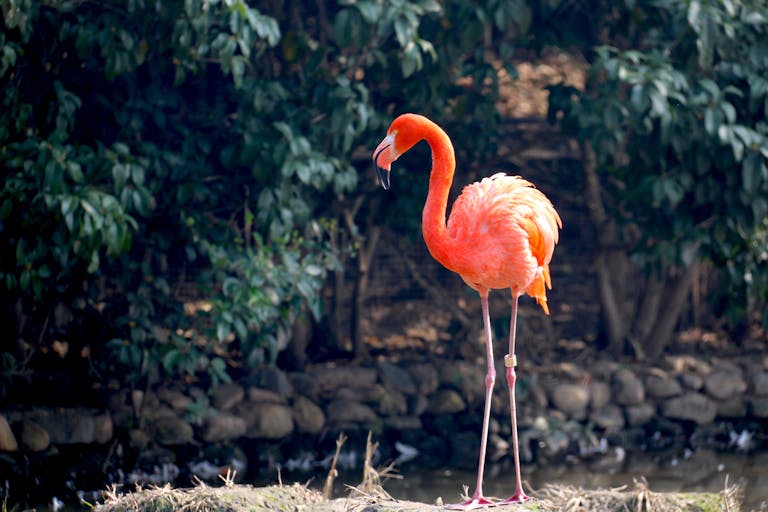New Study Reveals Life on Earth May Be Too Complex to Arise by Chance Alone

Have you ever wondered how life actually began on Earth?
A fascinating new study led by Robert G. Endres from Imperial College London adds a compelling twist to this age-old mystery. Using modern mathematics, the research suggests that the spontaneous appearance of life from non-living chemicals might be even more unlikely than we once thought.
Let’s dig into what makes this so intriguing.
Life: A Cosmic Coincidence… or Not?
For decades, scientists have explored how the first living cells—known as protocells—could have formed naturally from simple molecules. The idea has been that, given the right conditions, chemistry could have done the heavy lifting over time.
But Endres throws a wrench into that optimism.
By applying tools from information theory and algorithmic complexity, he examined how much “biological information” would need to emerge spontaneously for life to begin. And it turns out, the math paints a pretty daunting picture.
To put it simply: it’s like trying to write a meaningful sentence by randomly tossing Scrabble tiles onto a board. The more complex the message, the more impossible it becomes to form it by chance.

Complexity is the Enemy of Randomness
One of the key points in the study is that the early Earth wasn’t a tidy lab—it was chaotic. Volcanoes, comets, hydrothermal vents, and constant bombardment shaped the environment. In that soup of chemicals, order is the rare exception, not the rule.
Natural systems tend to move toward disorder (blame entropy), which makes the precise molecular arrangements needed for life extremely difficult to achieve spontaneously.
This doesn’t mean life couldn’t have happened on its own. But it does mean the mathematical odds of it occurring naturally within Earth’s early timeline are staggeringly low.
So… Are We Missing Something?
Endres isn’t saying that life on Earth is a miracle or impossible. Instead, he’s nudging the scientific community to consider that we may be lacking key insights. Perhaps there are undiscovered physical principles or mechanisms that made life’s emergence more likely than the current math suggests.
This study pushes the boundaries of biological physics by trying to quantify one of the most complex events in history. It’s a reminder that even with all our scientific advances, we still don’t fully understand how life began.
A Wild Card: Life From the Stars?
Interestingly, the paper also touches on an old and bold idea: directed panspermia.
This is the theory—originally proposed by Francis Crick (yes, the DNA guy) and Leslie Orgel—that life might have been deliberately “seeded” on Earth by an advanced extraterrestrial civilization. It sounds like science fiction, but it’s presented here as a theoretically plausible (if highly speculative) alternative.
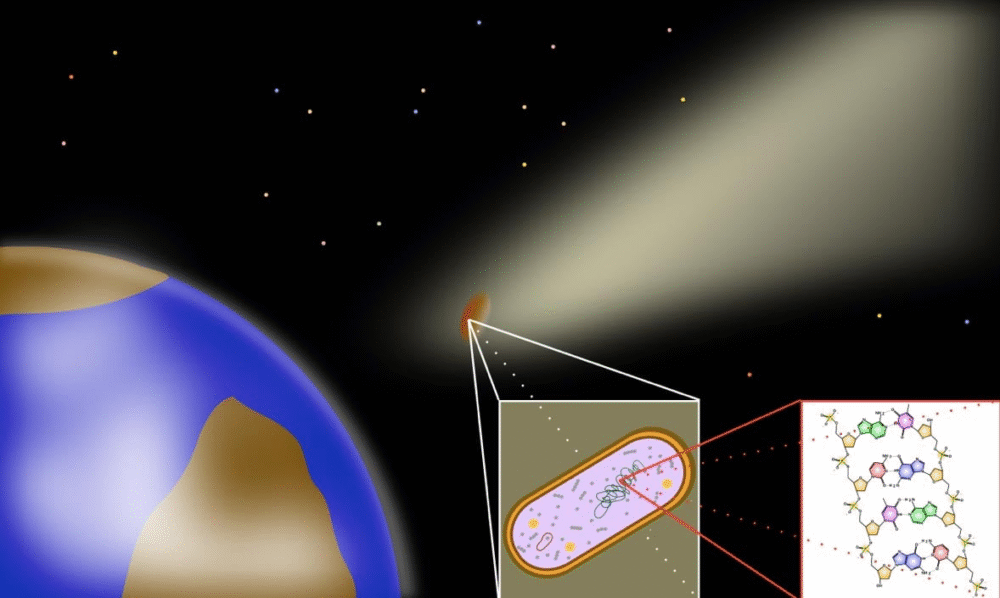
Of course, this idea runs into problems with Occam’s razor, the principle that favors simpler explanations. Still, the mere mention of it in a serious scientific framework speaks volumes about how puzzling life’s origin continues to be.
What Does This All Mean?
At its core, this research doesn’t deny that life could have begun on Earth naturally. Instead, it challenges the idea that random chemistry alone can explain it.
Endres’ work is part of a growing trend in science: blending mathematics, physics, and biology to tackle the biggest questions. It’s also a reminder of how much we still have to learn—and how open we need to be to unconventional ideas.
So, next time you ponder where we came from, know this: the answer is far from settled. And with each new study, the plot only thickens.
